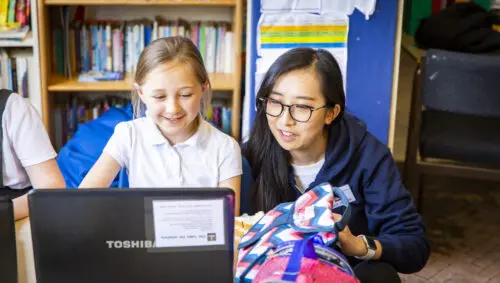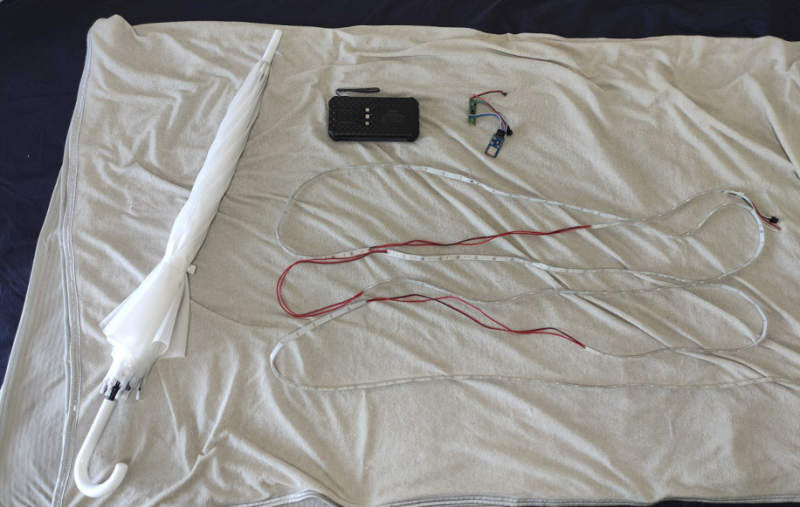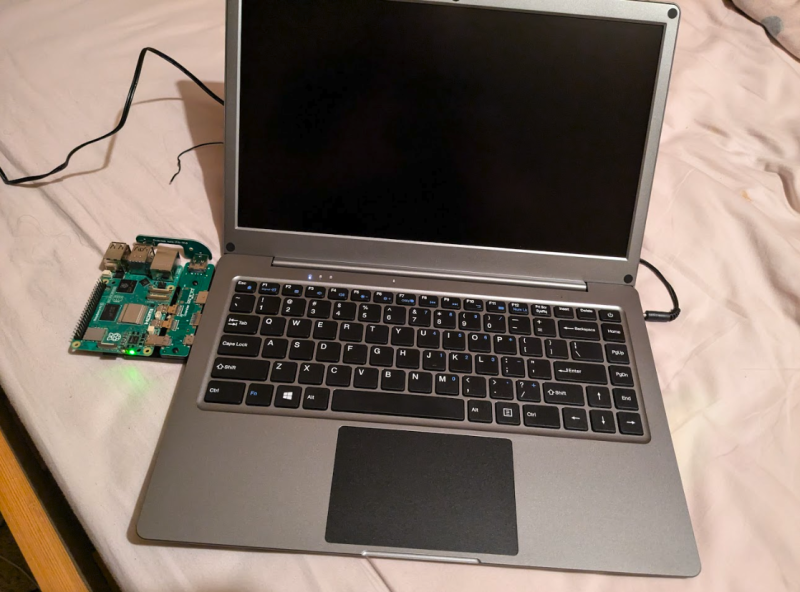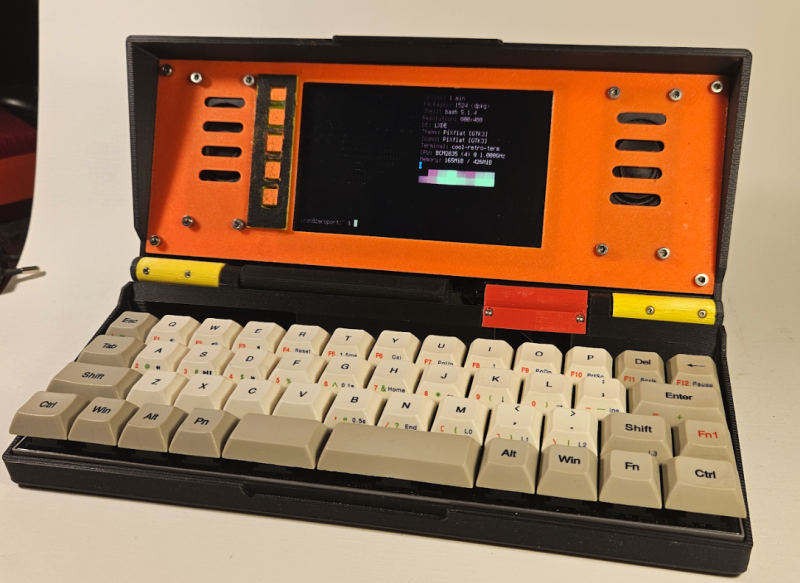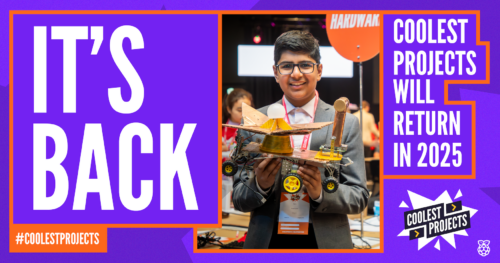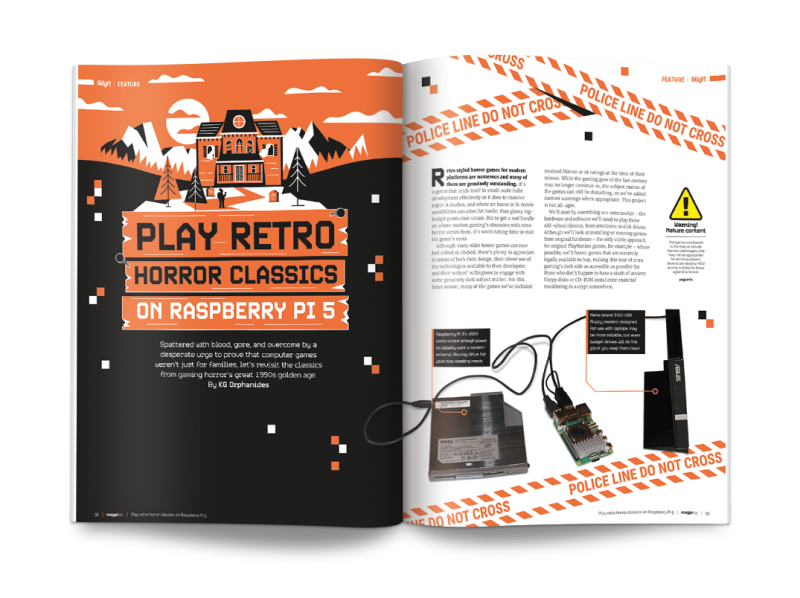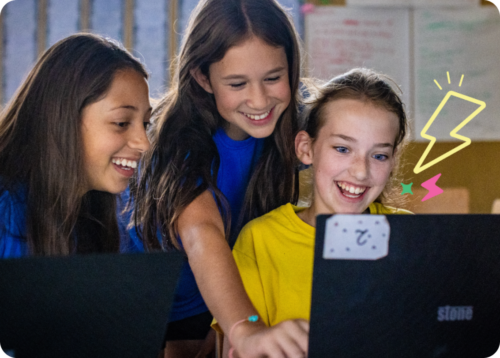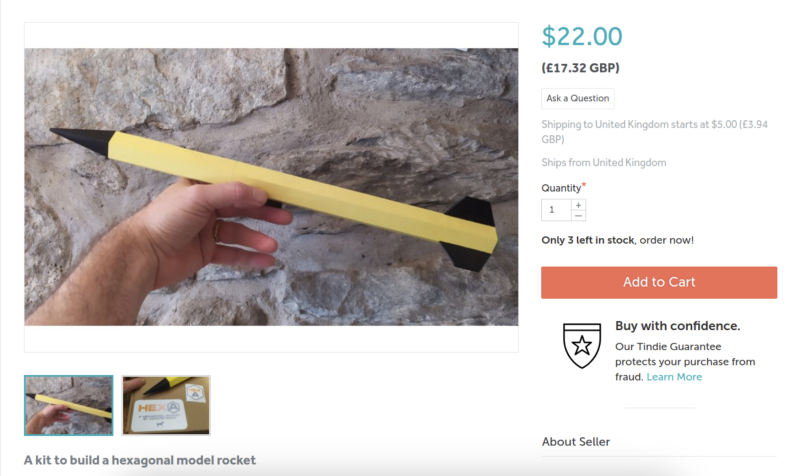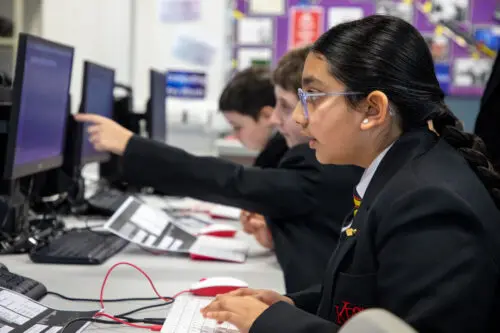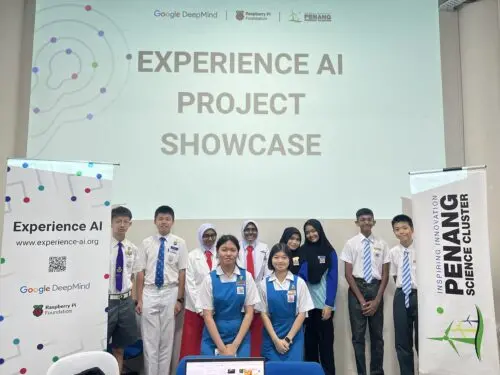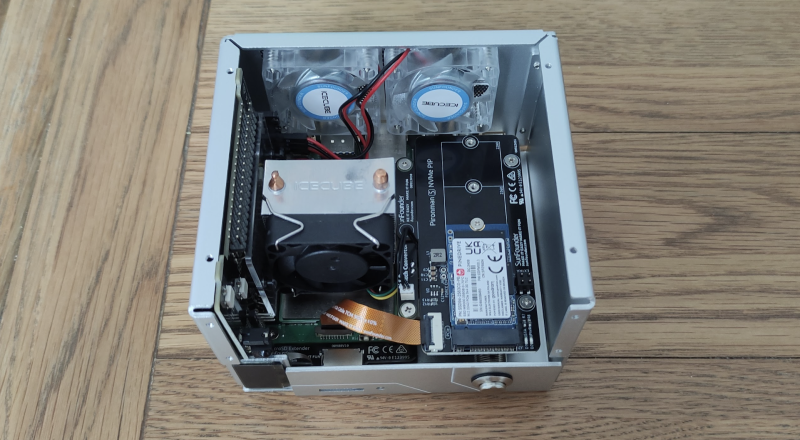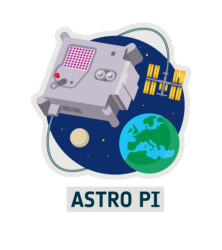Kategorie: PC
-

Ada Computer Science: A year in review
Reading Time: 5 minutesWith the new academic year fully under way in many parts of the world, it’s the perfect time to reflect on the growth and innovations we’ve achieved with the Ada Computer Science platform. Your feedback has helped us make improvements to better support teachers and students — here’s a look back at…
-

How fun-filled Code Clubs drive learning: New evidence
Reading Time: 4 minutesWhen you walk into a vibrant Code Club, it is easy to see that the young creators are having fun with digital making. But are they actually learning anything? Our recent evaluation has shown that not only are they developing their coding skills, but there are many other benefits. Code Club is…
-

LED umbrella
Reading Time: 3 minutesThomas Killus has created such a brolly using a Raspberry Pi Pico microcontroller board. It sends instructions to strips of standard WS2812b addressable RGB LEDs that run along the ribs of an umbrella, and this in turn brightly disperses light across the adjoining panels. The umbrella would certainly shine bright in a…
-

CrowView Note review
Reading Time: 2 minutesYou don’t have to use this little dock mechanism – we can definitely imagine 3D-printing an enclosure that sticks to the back of the lid with a few cables between the laptop and Raspberry Pi. However you choose to connect your Raspberry Pi though, it doesn’t require any extra software setup and…
-

Introduce the Code Editor into your school
Reading Time: 2 minutesSince we first launched the Code Editor, a free online tool designed to support young people as they learn text-based programming, we’ve been excited to hear how educators have been trying it out in their classrooms. “I used the Code Editor with my computer science students yesterday and it worked a dream!…
-

Portable Pi 84
Reading Time: 4 minutesThis little device includes a mechanical keyboard that, Michael says: was his primary motivation for making his retro marvel. Having first cut his teeth learning BASIC on a Sharp PC-1260, he quickly became a fan of portable computers and snapped up many more. But when, in recent years, he sought to revive…
-

Celebrating Coolest Projects 2024, plus dates for 2025
Reading Time: 6 minutesCoolest Projects celebrates young digital creators and the amazing things they make with technology. Today, we’re sharing the impact that taking part in Coolest Projects showcases has on young people’s motivation and confidence, as well as announcing dates for Coolest Projects 2025. Coolest Projects in 2024 This year, 7197 young people across…
-

Plasma 2350 review
Reading Time: 3 minutesYou can buy the Plasma 2350 board on its own or in a Starter Kit (£34.50 / $38) with a USB-A to USB-C cable and 10m string of 66 individually addressable frosted LED stars. These look superb when lit up, and are a great way of showcasing the capabilities of the Plasma…
-

The Computing Curriculum: Three global perspectives
Reading Time: 5 minutesAcross continents and cultural contexts, our free Computing Curriculum serves as a common thread that connects educators. Read the stories of 3 educators who share their thoughts on the curriculum’s application, adaptability, and the impact it’s had on their educational settings. I’m Freda, and I co-founded a non-profit organisation called Waloyo in…
-

Play Retro Horror Classics on Raspberry Pi 5 in The MagPi magazine #146
Reading Time: 2 minutesRetro Horror KG revisits the classics from gaming horror’s great 1990s golden age this month. Spattered with gore, and overcome by a desperate urge to prove that computer games weren’t just for families. Discover how to hook up a modern Blu-ray drive to Raspberry Pi 5 and play Halloween classics like Alone…
-

Win 1 of 5 MOTION 2350 Pro robotics controllers
Reading Time: < 1 minuteWe love Raspberry Pi robots, and Raspberry Pi Pico has become a fantastic addition to the world of hobby robotics. With the release of Pico 2 and RP2350, their ability to pilot automatons has only grown. Scroll down below to win one of the brand new robotics controllers that makes use…
-

Introducing the new Code Club
Reading Time: 6 minutesToday we’re unveiling a fresh look and feel for Code Club, along with a new ambition to inspire 10 million more young people to get creative with technology over the next decade. Code Club is a network of free coding clubs where young people learn how to create with technology. Founded in…
-

Hello World #25 out now: Generative AI
Reading Time: 3 minutesSince they became publicly available at the end of 2022, generative AI tools have been hotly discussed by educators: what role should these tools for generating human-seeming text, images, and other media play in teaching and learning? Two years later, the one thing most people agree on is that, like it or…
-

Do the hustle!
Reading Time: 8 minutesSigning up for Tindie is pretty trivial. You need a basic account to be able to buy from Tindie, and every account has all the options to start selling. Your need to give your store a name, then set up a verified PayPal account, and then you are ready to list your…
-

Free online course on understanding AI for educators
Reading Time: 5 minutesTo empower every educator to confidently bring AI into their classroom, we’ve created a new online training course called ‘Understanding AI for educators’ in collaboration with Google DeepMind. By taking this course, you will gain a practical understanding of the crossover between AI tools and education. The course includes a conceptual look…
-

How useful do teachers find error message explanations generated by AI? Pilot research results
Reading Time: 7 minutesAs discussions of how artificial intelligence (AI) will impact teaching, learning, and assessment proliferate, I was thrilled to be able to add one of my own research projects to the mix. As a research scientist at the Raspberry Pi Foundation, I’ve been working on a pilot research study in collaboration with Jane…
-

Poetry camera
Reading Time: 3 minutesA fresh focus The Poetry Camera began life as an ‘AI classifier’ and was partly inspired by Kelin’s friend Susi Fu’s Artist and Machine performances examining how artists and computers can learn from each other. “Susie would draw sketches of the person standing in front of her, while a machine – using…
-

Poetry camera
Reading Time: 3 minutesA fresh focus The Poetry Camera began life as an ‘AI classifier’ and was partly inspired by Kelin’s friend Susi Fu’s Artist and Machine performances examining how artists and computers can learn from each other. “Susie would draw sketches of the person standing in front of her, while a machine – using…
-

Impact of Experience AI: Reflections from students and teachers
Reading Time: 5 minutes“I’ve enjoyed actually learning about what AI is and how it works, because before I thought it was just a scary computer that thinks like a human,” a student learning with Experience AI at King Edward’s School, Bath, UK, told us. This is the essence of what we aim to do with…
-

Pironman 5 case review
Reading Time: 2 minutesA microSD slot extender enables easy access, while an adapter board extends Raspberry Pi 5’s USB-C power port and converts its micro-HDMI outputs to full-size HDMI ones. It also houses a button battery for the real-time clock. An IO expander board extends the GPIO pins, powers the two RGB fans, and connects…
-

The European Astro Pi Challenge 2024/25 launches today
Reading Time: 4 minutesRegistration is now open for the European Astro Pi Challenge 2024/25! The Astro Pi Challenge, an ESA Education project run in collaboration with us here at the Raspberry Pi Foundation, offers young people the incredible opportunity to write computer programs that will run in space. Young people can take part in two…
-

Experience AI: How research continues to shape the resources
Reading Time: 5 minutesSince we launched the Experience AI learning programme in the UK in April 2023, educators in 130 countries have downloaded Experience AI lesson resources. They estimate reaching over 630,000 young people with the lessons, helping them to understand how AI works and to build the knowledge and confidence to use AI tools…

